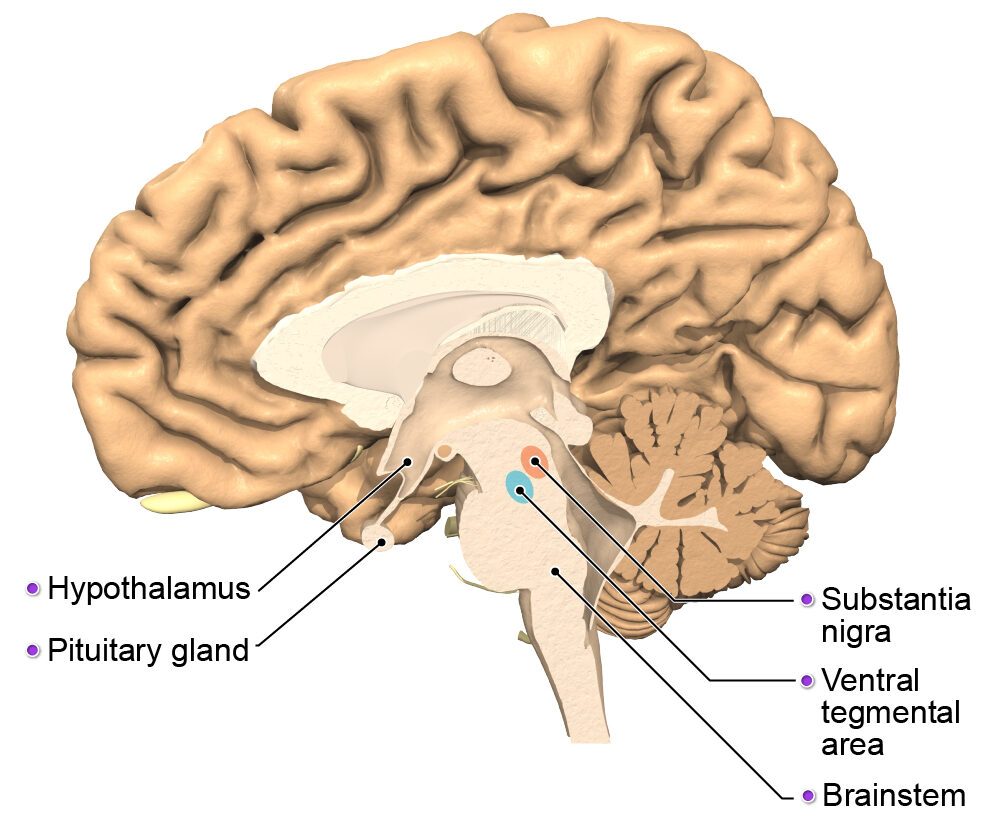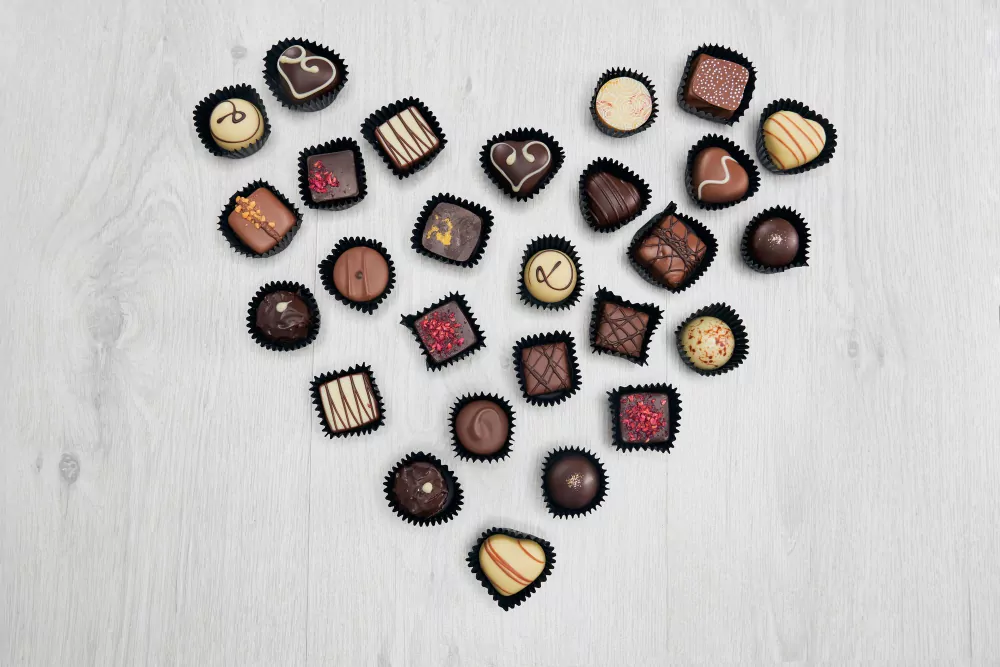Whether you’re receiving a heart-shaped gift box filled with delectable truffles from that special someone or treating yourself to a gourmet sampler of exotic bonbons, chocolate can play an integral role in festive Valentine’s Day celebrations. Even throughout the year, people around the world turn to chocolate when in need of a pick-me-up, with global consumption estimated at 1 kg (2.2 lbs) per capita, per year. While the enjoyment of chocolate is widespread today, its origins date back to ancient times, when people first recognized the powerful medicinal and mood-enhancing potential of the humble cacao bean.
A bittersweet history
Over 35,000 years ago, the Maya of Central America began cultivating the cacao plant (“cacao” refers to the plant or its parts; “cocoa” is the powder made from cacao beans), which chocolate is derived from. By mixing the plant’s cocoa with cinnamon and peppers, they created a bitter, spicy drink that packed a punch for the imbiber. When the Aztecs conquered the Maya, they adopted this beverage, elevating it to a mythic status: the cacao plant was said to have been personally delivered to earth from heaven by the god Quetzalcoatl. This original cocoa – a far cry from the sweet drink dotted with floating marshmallows of today – was a favorite of priests and leaders. It also caught the attention of the Spanish who invaded Mexico during the first half of the 1500s.
It was through these invasions that cocoa first got introduced to Europe. When its original, bitter form didn’t prove popular with the masses, sugar and other ingredients like milk solids (present in milk chocolate) were added to make it more palatable. Eventually, these concoctions morphed into the chocolate we enjoy today.
Chocolate and your mood
So what happens after you open your mouth to receive a bite of delicious chocolate? The trip chocolate takes through your body is a wild ride, affecting you both physically and emotionally.
Soon after ingesting a food with a high percentage of cocoa solids, parts of your brain called the hypothalamus and the pituitary gland release endorphins, a type of hormone also known as “feel-good” chemicals. Cacao also contains phenylethylamine, a chemical that stimulates different parts of the brain (including the substantia nigra, ventral tegmental area, as well as the hypothalamus) to release dopamine – triggering emotions that can be remarkably like those associated with falling in love. Phenylethylamine increases your heart rate and boosts your blood glucose levels, all contributing to producing the positive emotions often associated with eating chocolate. Chocolate also contains tryptophan, the same chemical that makes you feel sleepy and relaxed after a Thanksgiving meal. Tryptophan also aids the brainstem in producing serotonin, another neurotransmitter that triggers positive, happy feelings in the body.

While chocolate can make you feel happy and relaxed, it can also make you feel excited and alert thanks to the sugar typically added to cacao and the caffeine naturally present in the beans. Both can increase your heart rate, with sugar affecting your body about 15 minutes after you consume it and caffeine kicking in about 20 minutes after that. Some studies have suggested that both chocolate’s antioxidants and caffeine can benefit brain health and cognitive function. It is thought that eating chocolate can have both short- and long-term advantages in these areas, with dark chocolate believed to have more positive effects than milk or white chocolate, thanks to its higher flavonoid levels.
To go cocoa, or not?
Does this mean you should include a full chocolate bar as part of your daily intake in the hope it will improve your overall wellbeing? Sadly, but not surprisingly, the answer is no. Since we no longer enjoy cacao the way the ancient Mayans and Aztecs did, following a very calorie-conscious preparation consisting of first drying cacao beans, then grinding them and dissolving them in water before drinking, eating large servings daily of today’s chocolate cannot be advised. The copious amounts of sugar and fatty milk solids in most of today’s chocolate preparation mean more saturated fat and calories are packed into treats, which can result in packing on additional pounds.
Of course, all that extra sugar isn’t just bad news for your waistline – it also increases your odds of developing diabetes and contributes to tooth decay. For those prone to migraines, ingesting chocolate can also spell trouble, as cocoa’s tyramine, histamine and phenylalanine content can trigger migraine episodes. Eating chocolate may also have an adverse effect on your bone health: one study found that women aged 70 to 85 who ate chocolate daily also had lower bone density and decreased bone strength.
If all that weren’t enough, for a very small percentage of the population, instead of producing euphoric feelings of calm and love, eating chocolate has the opposite effect: It sometimes elicits uncontrollable feelings of rage and paranoia that can occur without warning.
Making the most of moderation
Does this mean you should shun chocolate for fear that ingesting it may lead to tragedy? Of course not. But like most things, chocolate is best enjoyed in moderation. Creating a healthy relationship with chocolate – especially dark chocolate, which seems to offer up more health benefits than other types – is key. Incorporating a small amount of chocolate into a balanced diet, rather than viewing it as a forbidden food that can lead to overindulgence, can enable you to enjoy chocolate’s mind and body benefits guilt-free.
The content in this post is from Primal’s 3D Atlas and Human Anatomy and Physiology modules. To learn more about these or other Primal learning resources, please fill in the form here and our team will be in touch.
